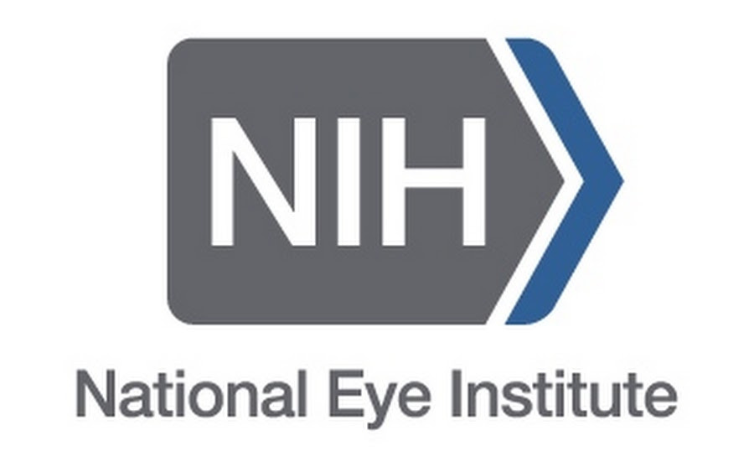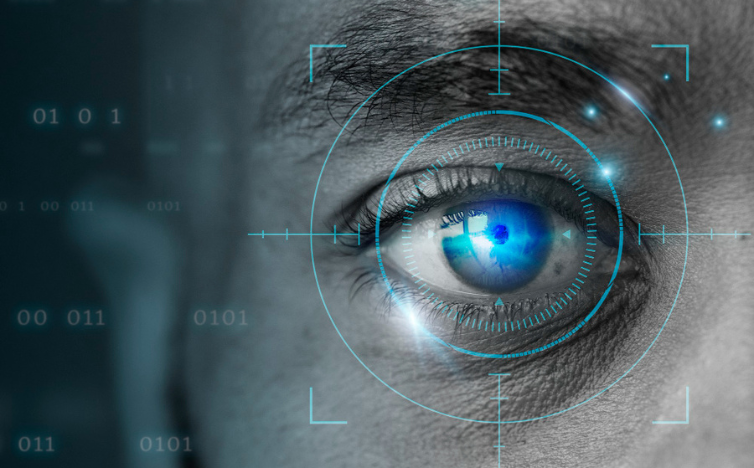Researchers at the National Institutes of Health have found a way to make taking pictures of cells in the eye much faster. They used artificial intelligence (AI) to improve a technique that creates detailed images of cells in the eye. With AI, the process becomes 100 times faster, and the images become clearer.
Johnny Tam, Ph.D., who leads the Clinical and Translational Imaging Section at NIH’s National Eye Institute, explains that AI helps overcome the problem of time when imaging cells in the retina.

They used a technology called adaptive optics (AO) along with optical coherence tomography (OCT) to take these images. OCT is a common method used in eye clinics because it’s quick and painless. However, imaging cells with AO-OCT has its challenges, like dealing with something called speckle, which makes parts of the image unclear.
Tam and his team developed an AI-based method called P-GAN to solve this problem. By training the AI with thousands of images, it learned to identify and remove speckle, making the images much clearer.
This AI method reduces the time needed to process images by about 100 times and improves the image quality by 3.5 times. This advancement will help researchers study diseases like age-related macular degeneration (AMD) better.
Tam believes that integrating AI with imaging techniques like AO-OCT will make it easier to diagnose and study eye diseases in the future. This new approach could revolutionize how images are taken and analyzed in eye clinics and research labs.
Source: Sciencedaily




